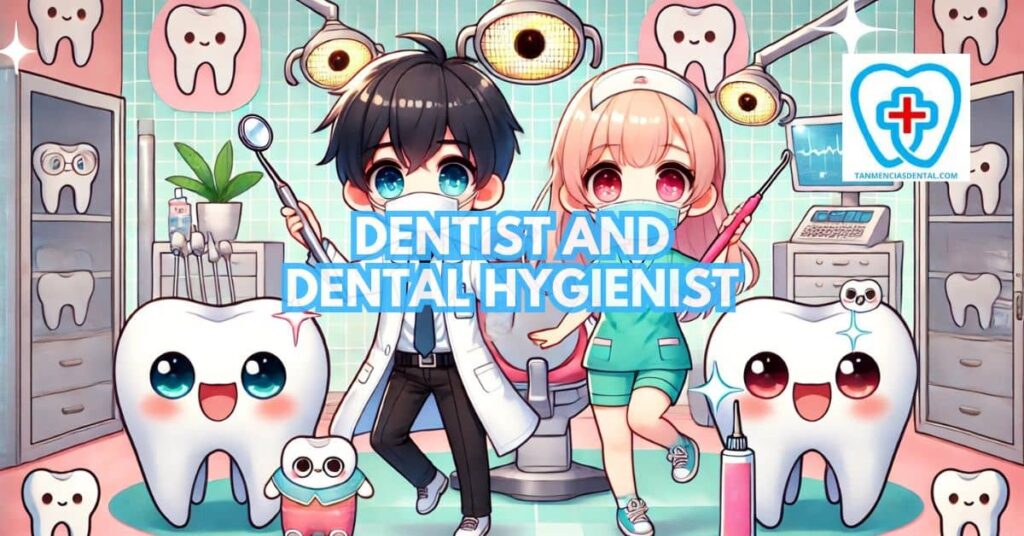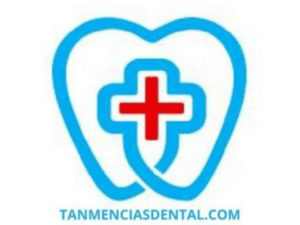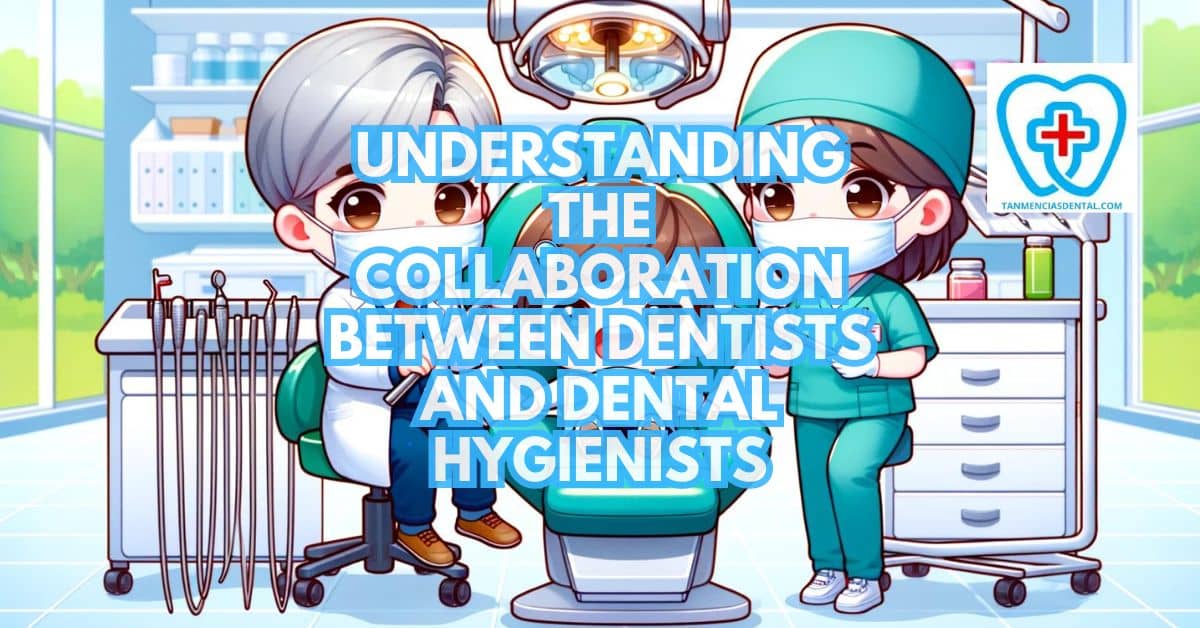The relationship between a dentist and dental hygienist is key to good oral health care.
They work closely as a team to offer a range of services, from cleaning to more complex treatments.
This partnership means that both preventive care and treatment are planned together for the best results.
By combining their skills, they create safe and comfortable dental experiences for patients.
Understanding how a dentist and dental hygienist work together helps patients see the value of their care.
1. The Core Roles of Dentists and Dental Hygienists
Dentists are highly trained professionals who diagnose oral diseases, perform surgical procedures, and develop treatment plans for complex dental conditions.
In contrast, dental hygienists focus on preventive oral health care, conducting thorough cleanings, applying preventive materials, and educating patients on how to maintain good oral hygiene.
While dentists take the lead on therapeutic and corrective dental procedures, dental hygienists play a critical role in disease prevention and health promotion.
This division of labor allows dental practices to address a wide range of oral health needs, ensuring that patients receive both preventive and curative care.
Together, they form a dynamic team that addresses all facets of oral health, from routine maintenance to complex interventions.
🦷 Is Bonding a Chipped Tooth Right for You?
2. Understanding the Difference: Dentists vs. Dental Hygienists
Understanding the distinction between dentists and dental hygienists is essential for grasping the full spectrum of dental care services.
Dentists are required to complete a rigorous course of study in dental school, which prepares them to diagnose oral health issues, perform surgical procedures, and undertake various complex dental treatments.
This extensive education and training journey is critical for those aiming to become dentists, ensuring they possess the comprehensive knowledge and skills necessary for high-quality patient care.
On the flip side, dental hygienists focus on the preventive aspect of oral health, emphasizing the importance of regular cleanings, patient education on proper oral hygiene practices, and early detection of dental problems.
To practice, they must achieve registered dental hygienist status, which involves completing a specialized educational program and passing a licensing examination.
This role is pivotal in supporting patients’ oral health maintenance, working in tandem with dentists to provide a holistic approach to dental care.
This collaborative dynamic between dentists and dental hygienists enhances the effectiveness of dental services, enabling patients to access a broad range of care tailored to their specific oral health needs.
🦷 Can You Brush Without Toothpaste?
3. The Role of Dental Hygiene in Dentistry
Dental hygiene is an integral part of dentistry, emphasizing the prevention of oral diseases through regular cleanings, patient education, and the promotion of healthy habits.
Dental hygienists are at the forefront of this effort, utilizing their specialized training to perform cleanings, assess oral health conditions, and provide personalized advice on oral care routines.
Their preventive work supports the dentist’s therapeutic and diagnostic efforts, creating a comprehensive care strategy that addresses both immediate and long-term health concerns.
The focus on dental hygiene helps reduce the incidence of cavities, gum disease, and other oral health issues, demonstrating the critical role hygienists play in the dental health team.
This preventive approach not only improves patient outcomes but also contributes to a more efficient and effective healthcare system by reducing the need for more extensive dental procedures.
🦷 Why Bonding Chipped Front Teeth is an Easy and Affordable Smile Fix
4. The Collaborative Approach to Dental Cleanings
Dental cleanings exemplify the seamless collaboration between dentists and dental hygienists, showcasing their unique roles in maintaining oral health.
The dental hygienist meticulously removes plaque and tartar, polishes teeth, and assesses gum health, laying the groundwork for a healthy oral environment.
This preventive work is critical in avoiding the progression of gum disease and cavities.
The dentist then steps in to perform a comprehensive examination, diagnosing any underlying issues and devising treatment plans for any detected oral health problems.
This team effort ensures that patients receive a thorough cleaning while also benefiting from a professional assessment of their overall oral health, highlighting the effectiveness of collaborative practice in dental care.
🦷 Fun Ways to Teach Kids Good Oral Hygiene

5. Differences Between Dental Hygienists and Dentists in Patient Education
While both dental hygienists and dentists are committed to patient education, their areas of focus reflect their respective roles within dental care.
Dental hygienists concentrate on instructing patients on the mechanics of proper oral hygiene practices, such as the correct way to brush and floss, the importance of regular cleanings, and strategies for preventing gum disease.
They often spend more time with patients, providing them with tailored advice on how to maintain or improve their oral health at home.
Dentists, on the other hand, offer guidance on more complex issues, including the relationship between oral health and overall health, the need for specific dental procedures, and advice on managing oral health conditions.
Together, they provide a comprehensive education program that empowers patients to take control of their oral health, reinforcing the importance of both preventive care and professional treatment.
🦷 How to Pick Braces Colors That Make Teeth Look Whiter
6. The Importance of Filling the Gaps in Dental Care
Filling the gaps in dental care is a critical aspect of the dentist-dental hygienist collaboration, especially in the context of treating and preventing tooth decay.
Dental hygienists play a pivotal role in early detection, identifying potential cavities during routine cleanings, and advising on preventive measures to stop decay from advancing.
When restorative treatment is necessary, dentists take the lead, performing fillings to restore the integrity of the tooth.
This teamwork ensures that minor issues can be effectively managed before evolving into more serious problems, showcasing the proactive approach of dental care teams.
Moreover, this collaboration emphasizes the importance of regular dental visits, where both preventive measures and necessary interventions work hand-in-hand to maintain oral health.
🦷 How to Relieve Tooth Pain With Braces
7. The Synergy in Performing Oral Health Assessments
Oral health assessments are a prime example of the synergy between dental hygienists and dentists.
Initially, dental hygienists conduct thorough cleanings and preliminary evaluations, gathering valuable information about the patient’s oral health status.
They may also take and interpret dental X-rays, which are essential for identifying issues that are not visible during a standard examination.
This information is then used by dentists to conduct a more detailed assessment, diagnose conditions, and develop treatment plans.
The collaborative nature of these assessments ensures a comprehensive evaluation, where preventive care provided by hygienists complements the diagnostic and treatment capabilities of dentists.
This integrated approach maximizes the effectiveness of oral health assessments, ensuring that patients receive the most accurate and effective care possible.
🦷 Are Branded Toothbrushes Better Than Generic Ones?
8. Understanding the Differences Between Dental Procedures
The differences between dental procedures performed by dentists and those carried out by dental hygienists are significant and reflect their distinct roles in dental care.
Dental hygienists primarily focus on preventive procedures, such as cleanings, fluoride treatments, and the application of sealants, which play a crucial role in preventing tooth decay and gum disease.
In contrast, dentists are responsible for diagnostic and corrective procedures, including fillings, root canals, extractions, and the fitting of dental prosthetics.
This division allows for a comprehensive approach to oral health, ensuring that patients receive the right care at the right time.
Understanding these differences is essential for patients, as it helps them have realistic expectations about their visits and the care they will receive.
🦷 A Simple Guide to Dental Care for Kids
9. The Impact of Collaboration on Patient Outcomes
The collaborative relationship between dentist and dental hygienist has a profound impact on patient outcomes.
By combining their expertise, dental teams can offer a level of care that addresses a wide range of oral health needs, from preventive to restorative.
This teamwork not only enhances the patient’s experience by providing a more integrated approach to care but also significantly improves health outcomes.
Patients benefit from early detection of oral health issues, comprehensive care plans, and personalized education on maintaining oral health.
The result is a higher standard of care, fewer dental problems in the long term, and improved overall health for patients.
🦷 Why More People Are Choosing Dental Care in the Philippines
10. Is It Harder To Be A Dentist Or A Dental Hygienist?
Being a dentist and a dental hygienist has different challenges.
Dentists undergo more years of education and training, which is demanding and costly.
They are responsible for diagnosing and treating complex dental issues, which requires a deep knowledge of various dental procedures.
Dentists may perform surgeries, handle complicated cases, and manage overall patient care.
On the other hand, dental hygienists focus more on preventive care and patient education, which requires less schooling.
Their work is also challenging but generally involves less responsibility compared to that of dentists.
The dental hygienist and dentist relationship is essential for providing comprehensive patient care, as they complement each other’s roles in maintaining oral health.
For those looking to take on more responsibility and perform a wider range of procedures, they may choose to become dentists.
🦷 What You Should Know About Severe Toothache Symptoms
11. Team Learning for Better Dental Care
Continuous education helps dentists and dental hygienists work well together.
They learn new ideas and skills from classes, workshops, and the latest research.
This shared learning makes them a stronger and more creative team.
Regular joint training sessions make their work smoother and improve care for patients.
A team that learns together makes better choices to keep people healthy.
👨⚕️ Conclusion
The partnership between a dentist and a dental hygienist is essential for delivering high-quality dental care.
This teamwork allows for a holistic approach to patient care, combining preventive measures with diagnostic and therapeutic procedures.
The collaboration enhances the efficiency and effectiveness of dental care, ensuring that patients have access to a full spectrum of oral health services.
Understanding the distinct but complementary roles of dentists and dental hygienists helps patients appreciate the comprehensive care they receive.
Ultimately, the cooperative effort between these professionals elevates the standard of dental care, leading to better health outcomes and more satisfied patients.
😊 Self-Promotion
Discover the difference at Tan-Mencias Dental Clinic, nestled in the heart of Parang, Marikina City, where your smile is our top priority.
Our dedicated team, leveraging the collaborative expertise of our dentists and dental hygienists, ensures a comprehensive approach to your dental care in a warm and welcoming environment.
For any questions or to schedule your next visit, feel free to call us at 9171451074, send a message through our Facebook page, or use the contact form on our website.
We’re here to make your dental experience as comfortable and convenient as possible.
Join our family at Tan-Mencias Dental Clinic, where we look forward to helping you achieve the healthy, radiant smile you deserve!

